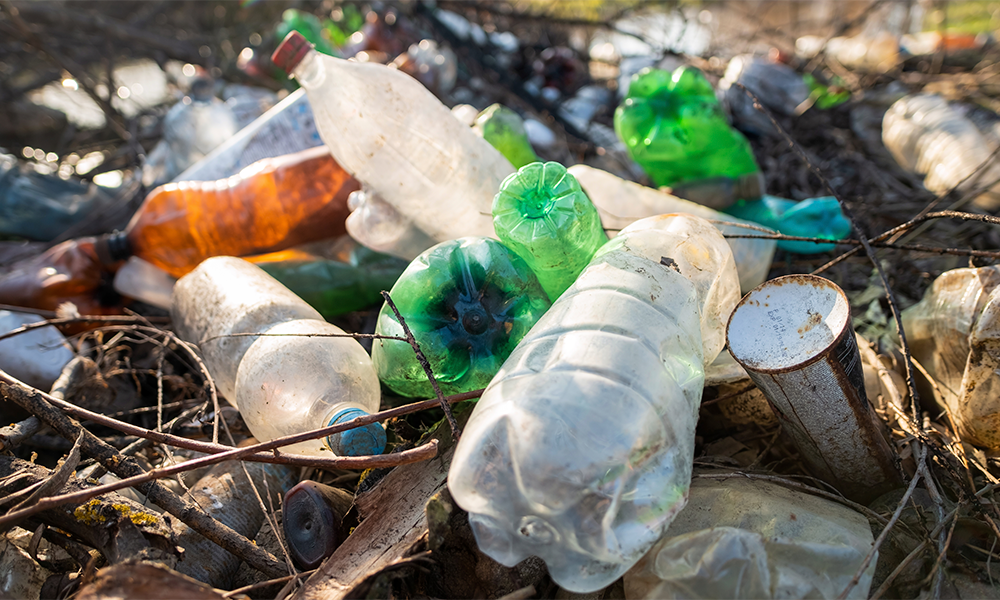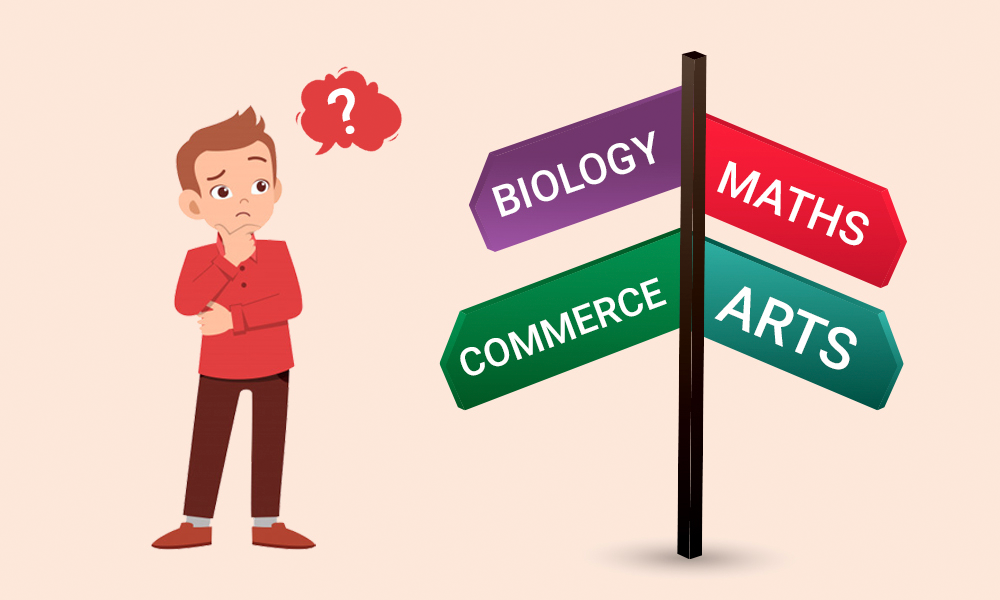When you go shopping, rarely, do you come home without buying that isn’t packaged in plastic. Even a one-rupee toffee will be plastic wrapped.
Plastic has immense benefits. Given the conveniences it affords, plastic is ubiquitous. Even mountain tops and the bottom of the Marianna trench (thirty-six thousand feet below sea level) have some plastic. As scientists assess plastic’s impact on our environment, the picture seems dismal.
Plastic degrades into microplastics. Microplastics are pieces smaller than five millimeters across. Plastic that makes its way to oceans fall apart by the combined effect of waves and UV radiation before they are ingested by marine animals or settles at the bottom of oceans.
Plastics are made from the by-products of oil and gas refining. When plastics fall apart, their chemical constituents are exposed and escape into the environment. A study conducted by a group of American scientists found that a bag from a retail chain store exposed more than thirteen thousand compounds when subjected to UV rays.
Let’s see some facts on plastic pollution.
-
We produced approximately 9.2 billion tonnes of plastic from 1950-2017. 7 billion of it is unrecycled. Either being dumped or end up in landfills.
-
Half of all plastic produced is intended for single-use purposes, for example, chips packet. It has no further use.
-
Between 1970 and 1990s, plastic waste more than tripled.
-
Current estimates assess 75 to 199 million tonnes of plastic in the oceans.
-
Approximately 36% of all plastics produced are used in packaging.
-
India produces approximately 3.4 million tonnes of plastic waste annually. Only 30% of it is recycled.




